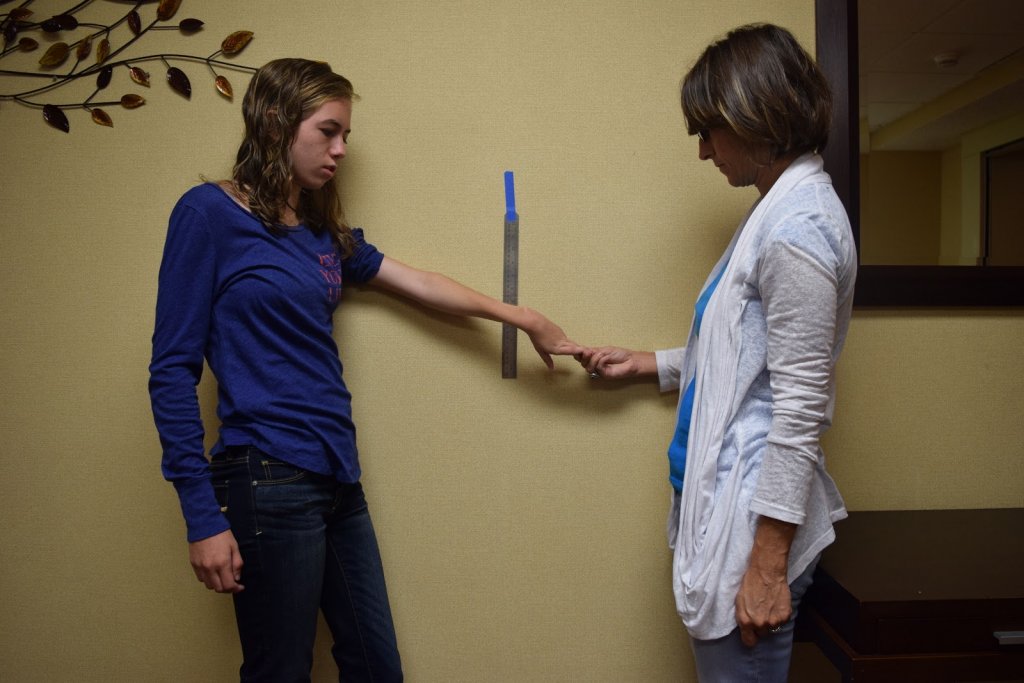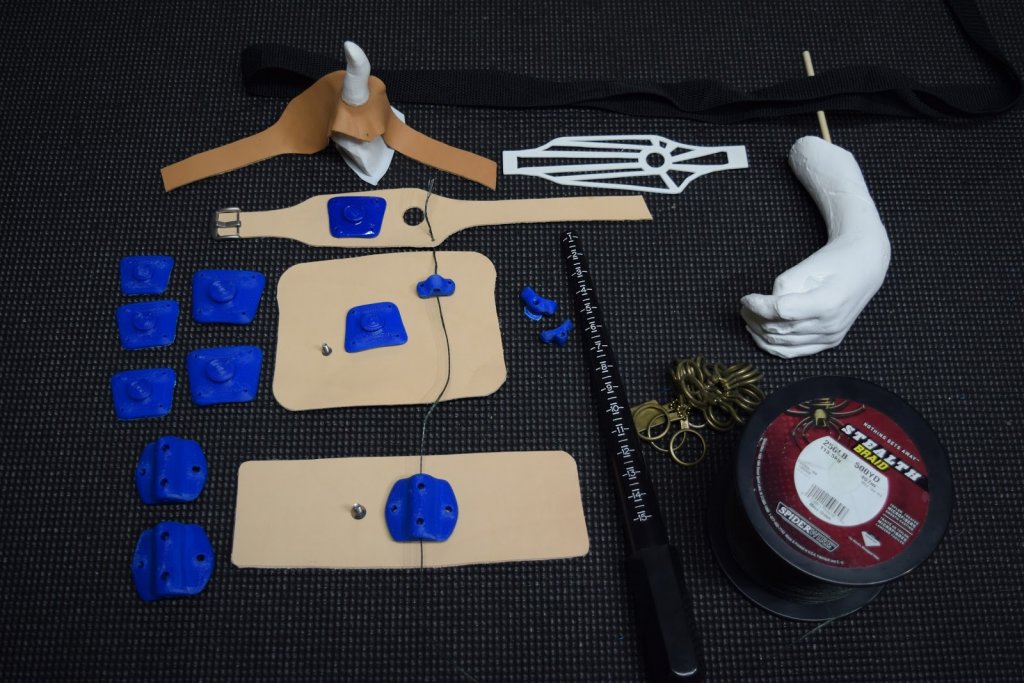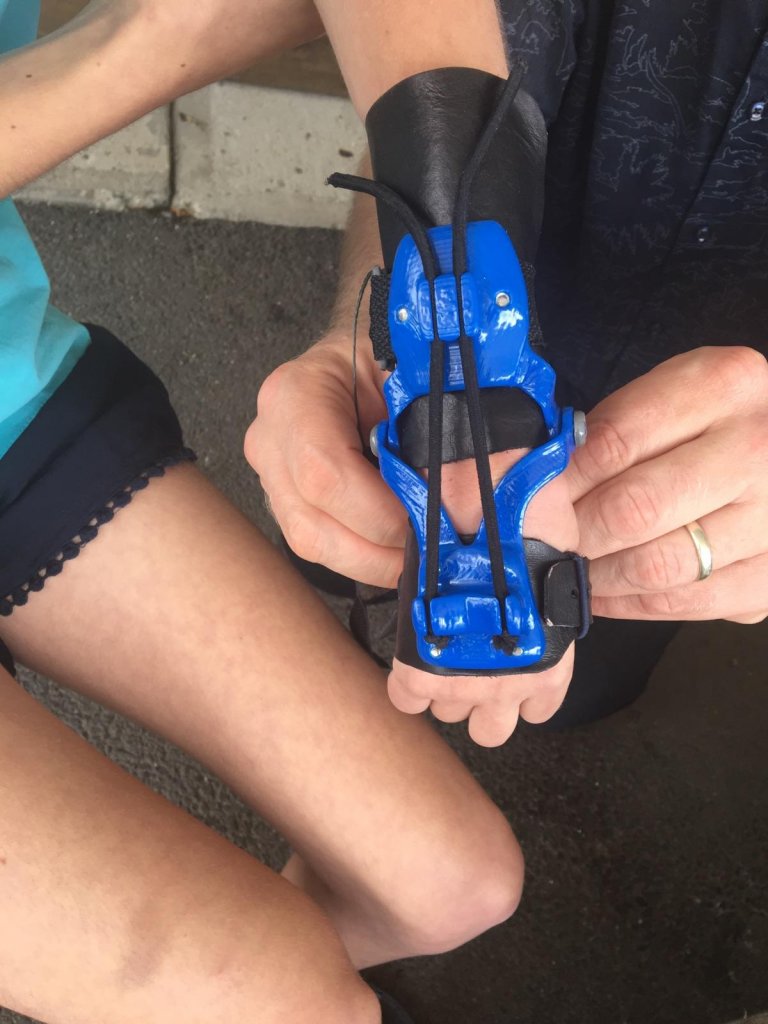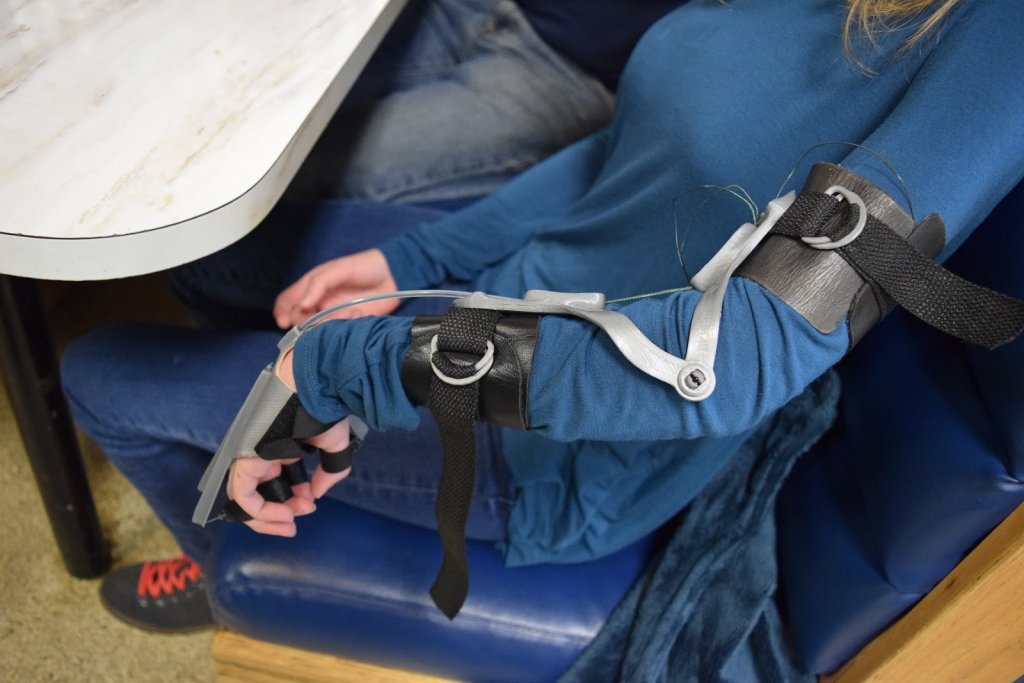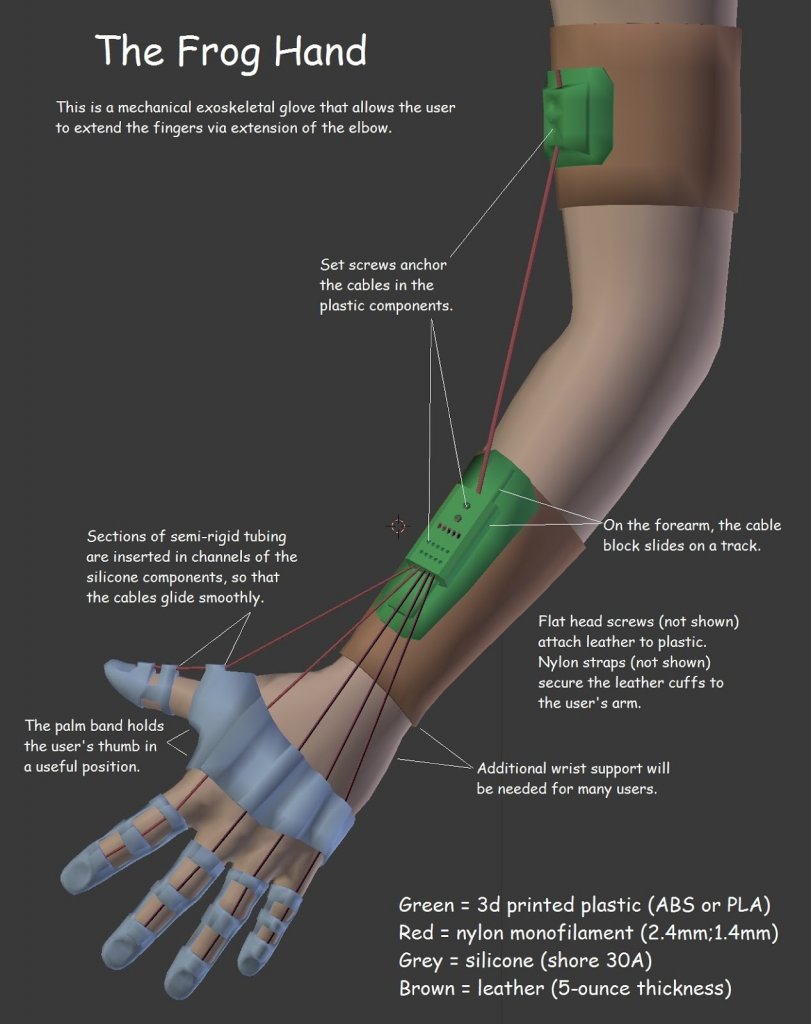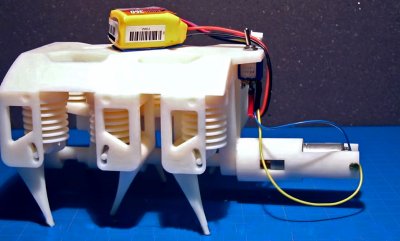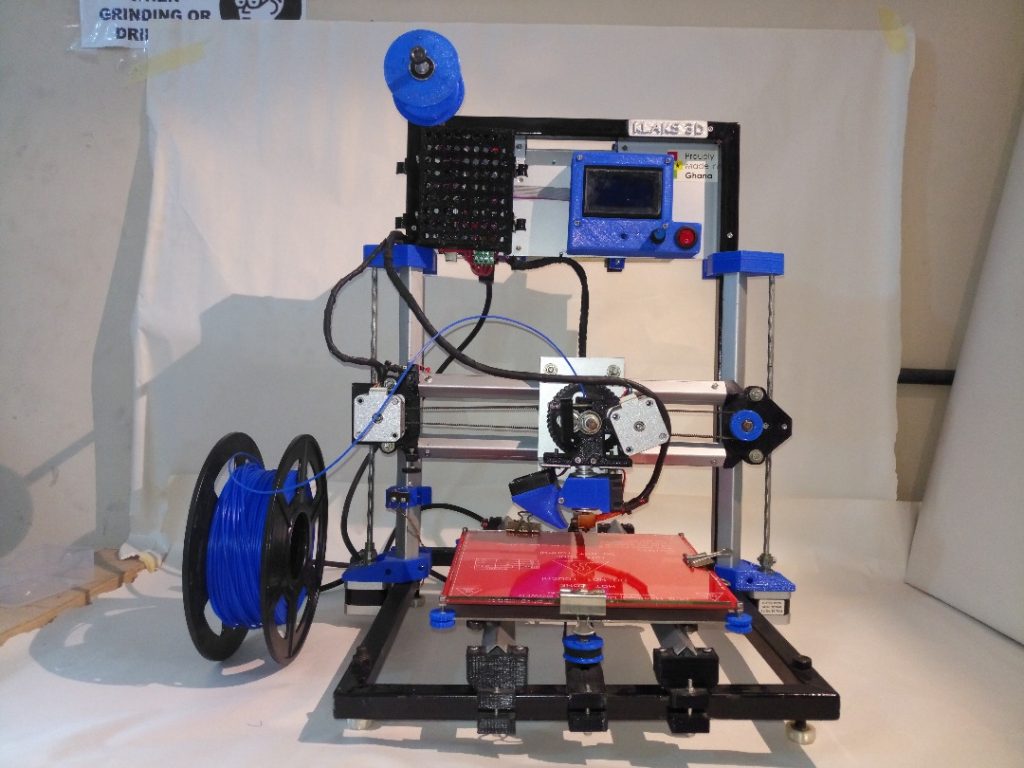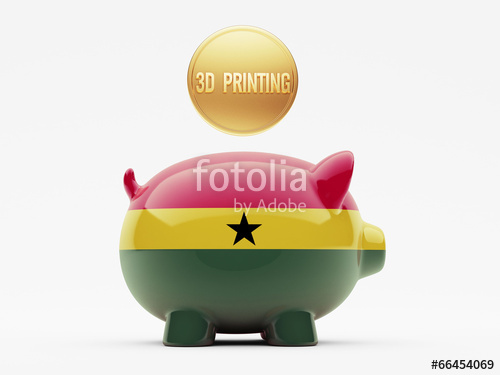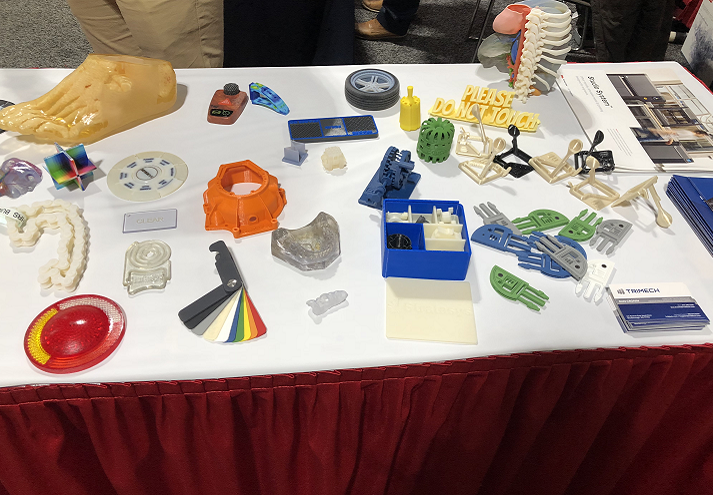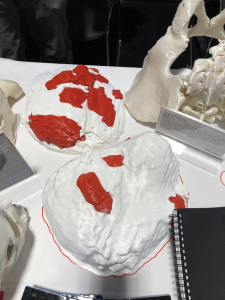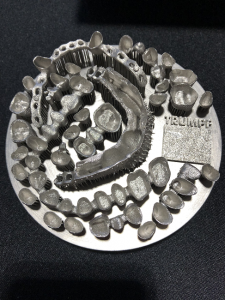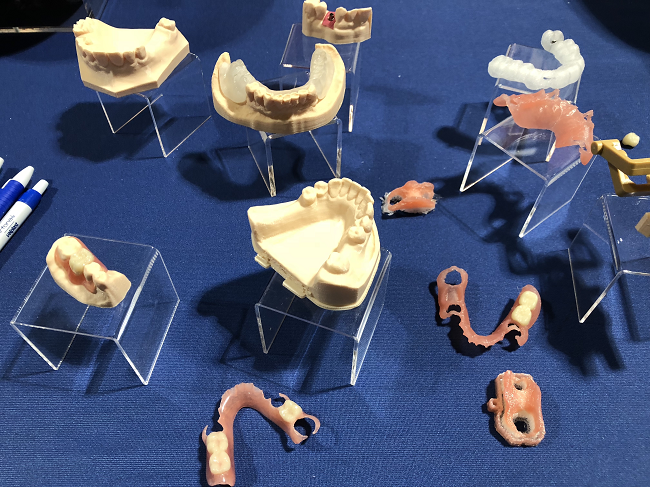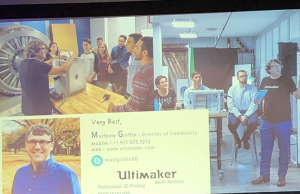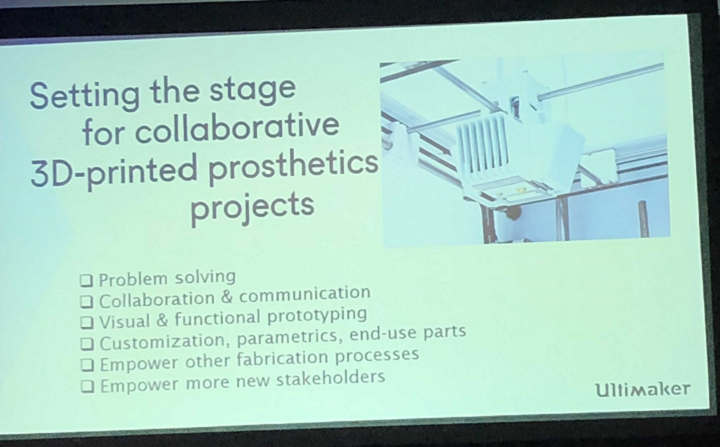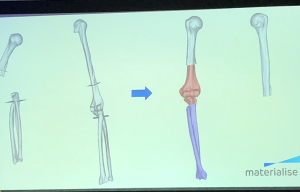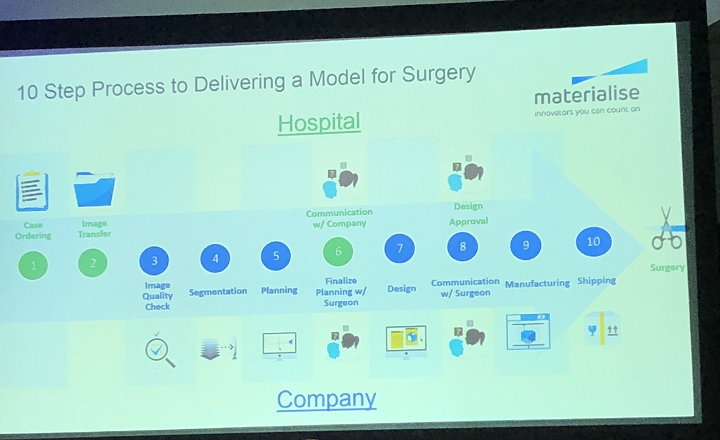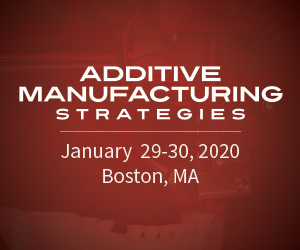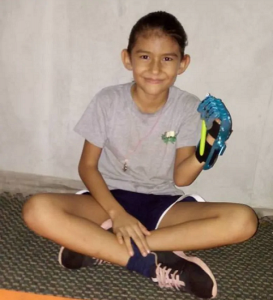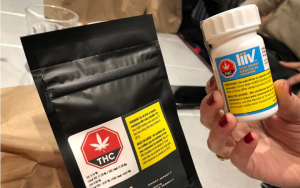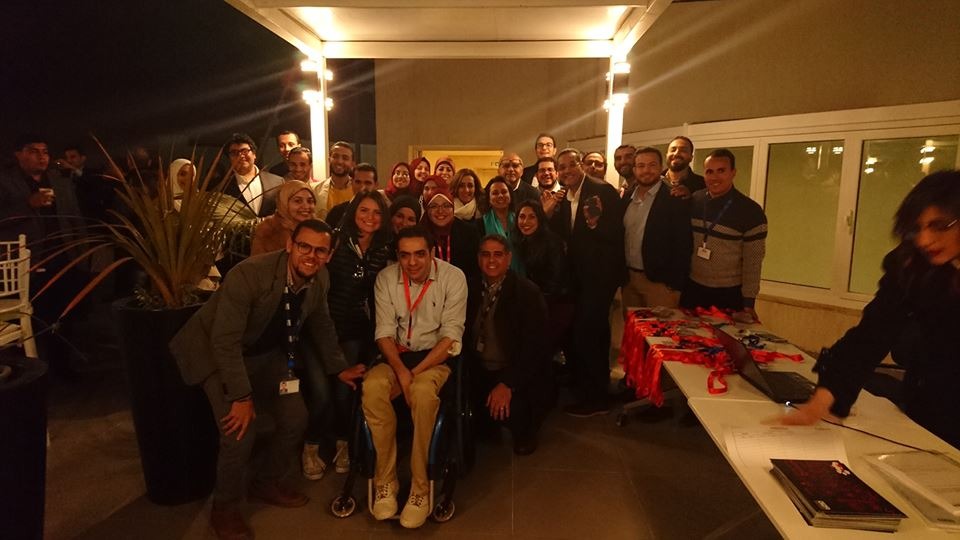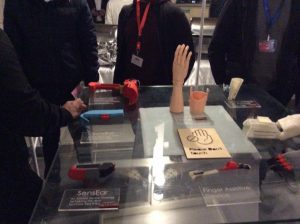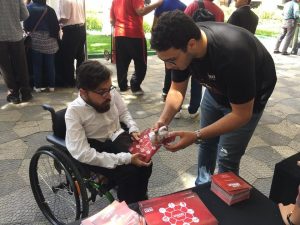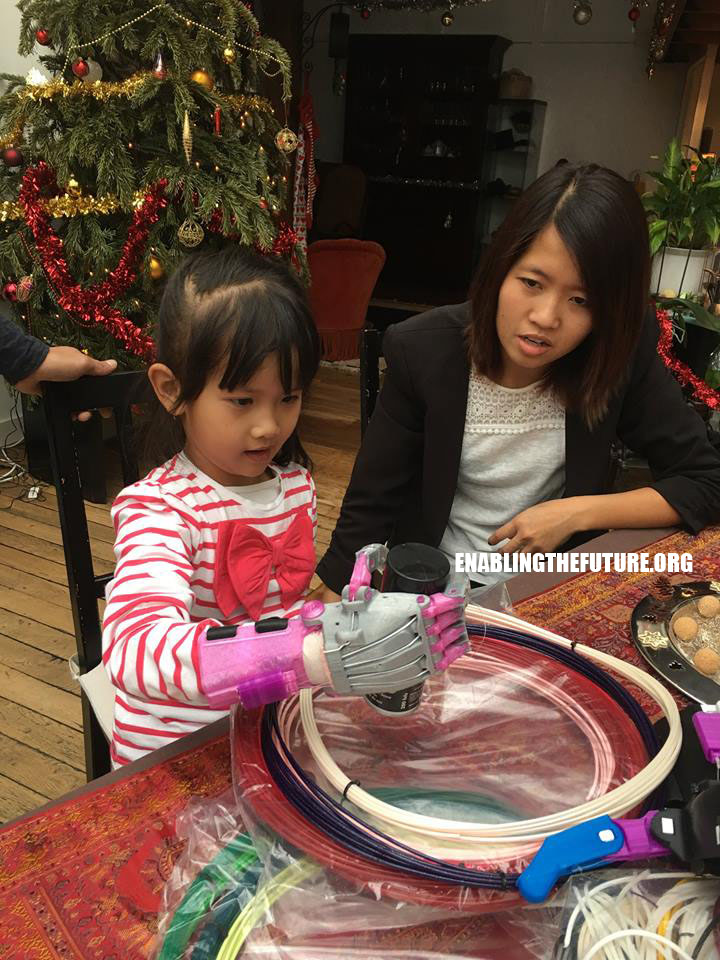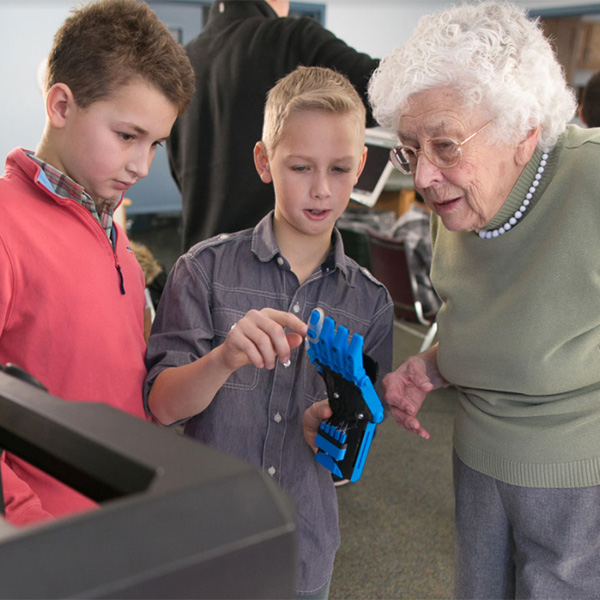It’s necessary to perform studies on medical devices, 3D printed or otherwise, to make sure they’re working the way they’re supposed to be. Some examples we’ve heard about include: a Virginia Tech researcher used sensors to compile data about how well 3D printed amniotic band prosthetics were performing, researchers from TU Delft evaluated the level of functionality for a 3D printed hand prosthetic, and a team from the University of Nebraska at Omaha (UNO) investigated how a 3D printed partial finger prosthesis changed the patient’s quality of life. Now, UNO researchers have received funding to study how the brain adapts to using 3D printed prosthetic limbs, and they’re looking for research volunteers.

Rue Gillespie has a cap fitted to her head at the labs in the Biomechanics Research Building on Tuesday, Dec. 17, 2019, in Omaha, Nebraska. The cap was used to help read her brain’s activity as she performs tasks with her right arm and her 3D printed prosthetic arm.
The team was given a Research Project Grant (R01) from the National Institutes of Health (NIH), which will fund its investigation into changes in neural activity of children who have been regularly using a 3D printed prosthetic arm. The researchers need 40 children, between the ages of 3 and 17, with upper limb differences caused by Amniotic Band Syndrome or other congenital differences, to participate in the study, and e-NABLE is helping them get the word out.

Jorge M. Zuniga, PhD, takes photographs of Rue Gillespie’s arms during a visit to the labs at the Biomechanics Research Building.
Jorge Zuniga, PhD, a UNO associate professor of biomechanics, said, “Essentially what we’ll do with this research study is to try and look at their brain and see how the brain of young children adapt to the use of our prosthesis.”
Zuniga, who designed the Cyborg Beast prosthetic hand for e-NABLE, and Brian Knarr, PhD, another biomechanics associate professor at UNO, are the co-principal investigators for this study, which is building on Zuniga’s prior research to design and produce more affordable 3D printable prosthetic arms for children.
Most typical prosthetic limbs generally cost between $4,000-$20,000, but a children’s prosthesis can be 3D printed and constructed for much less – as little as $50. This lower cost is very helpful, as kids can quickly outgrow, or damage, their prostheses. 3D printing can ensure easy replacement, which in turn helps the children who need them feel more normal.
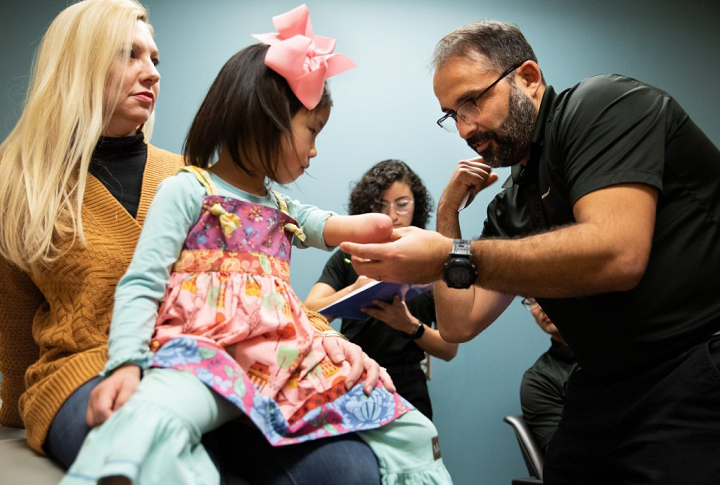
Jorge M. Zuniga, PhD, measures Rue Gillespie’s arm as her mother Holly holds her during a visit to the labs at the Biomechanics Research Building.
Zuniga explained, “What we do here is basically provide child-friendly prosthetic devices to children that are born without a limb or lose a limb due to an accident.”

Rue Gillespie participates in tests at the labs in the Biomechanics Research Building. To the right is certified hand therapist Jean M. Peck, left. The researchers were looking at the activity in Rue’s brain as she uses her prosthetic arm, which was 3D printed at the lab.
If you know of a child who might be interested and is able to participate in this UNO study, or if you just want more information about the research, email Zuniga at: jmzuniga@unomaha.edu.
So, how do you know if a child qualifies for this important study? First, they have to be between 3 and 17 years of age, with congenital upper limb reductions of the hand (partial hand) or arm (trans-radial). They must not have any musculoskeletal injuries in the upper limbs or skin abrasions, and participants with normal upper limb function have to be able to complete the tests. Finally, they need to be able to travel to the university from any domestic destination.

Rue Gillespie wears a cap fitted to her head at the labs in the Biomechanics Research Building, which was used to help read her brain’s activity as she performs tasks with her right arm and her 3D printed prosthetic arm.
Children who are chosen to be study participants will need to visit the laboratory in the Biomechanics Research Building at the university, accompanied by a parent, on two different occasions eight weeks apart. Zuniga and the research team will provide participants with a 3D printed prosthesis to keep, and between the visits, the child will have to perform several games using the prosthesis. During the visits, they will be asked to wear it and take part in different games, like moving toys or blocks around, while also wearing a cap with attached sensors so their brain activity can be measured. Additionally, multiple measurements of the child’s arms will be taken.

Jorge M. Zuniga, PhD, helps Rue Gillespie put on her prosthesis before she is run through a series of tests on Wednesday, Jan. 15, 2020, in Omaha, Nebraska, at the Gillespie home.
Participants and their families will receive the 3D printed prosthesis at no cost, and will also be provided with a small stipend for participating. Their travel arrangements, transportation, and hotel accommodations – from any domestic destination – will also be covered.
What do you think about this study? Discuss this story and other 3D printing topics at 3DPrintBoard.com or share your thoughts in the Facebook comments below.
(Source: e-NABLE)
The post UNO Researchers Looking for Study Participants to Test 3D Printed Prosthetic Arms appeared first on 3DPrint.com | The Voice of 3D Printing / Additive Manufacturing.


